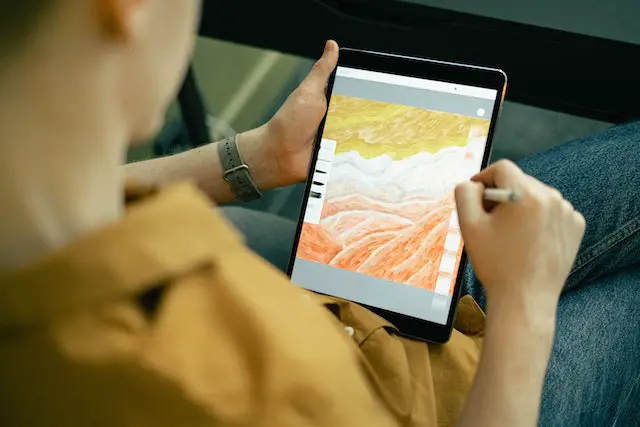In the ever-evolving landscape of art and technology, two immersive realities have taken center stage: Virtual Reality (VR) and Augmented Reality (AR).
Virtual and Augmented Reality in Art
Virtual reality immerses users in a digital world, shutting out the physical environment. Artists can create entire virtual worlds, manipulating every aspect, from landscapes to lighting, offering a limitless canvas for their imagination. However, VR isolates the user from the real world, limiting interaction with their surroundings.
AR overlays digital objects in the real world. AR preserves the connection to reality, allowing artists to integrate their creations seamlessly into physical spaces. It fosters a sense of continuity with the environment, enabling interactive and site-specific art experiences.
Engagement and Interaction
Both technology offer unique opportunities for audience engagement. VR provides a fully immersive and isolated experience, while AR encourages social interaction and engagement.
Artists in both VR and AR enjoy unparalleled creative freedom.
VR provides a blank canvas with minimal physical constraints but demands a higher level of technical expertise. AR leverages the real world, offering artists an immediate context but also limitations imposed by physical space and objects.
Accessibility and Equipment
VR and AR require specific hardware. VR typically demands more specialized and expensive equipment, such as headsets and controllers. AR, on the other hand, is accessible through everyday devices like smartphones and tablets, making it more widely available and affordable.
Preservation and Documentation

VR artworks can be saved as digital files, keeping them indefinitely. In contrast, AR works are inherently tied to physical spaces and may require ongoing maintenance and updates to remain accessible over time.
In the dynamic world of art and technology, Virtual and Augmented Reality each offer distinctive opportunities and challenges. VR immerses users in entirely digital worlds, while AR enriches the physical world with digital overlays.
The two choices depend on an artist’s vision and the desired audience experience. Both technologies promise exciting innovations and the continued evolution of art in the digital age. As artists explore the potential of VR and AR, we can anticipate groundbreaking creations that will redefine the boundaries of art for years to come.
